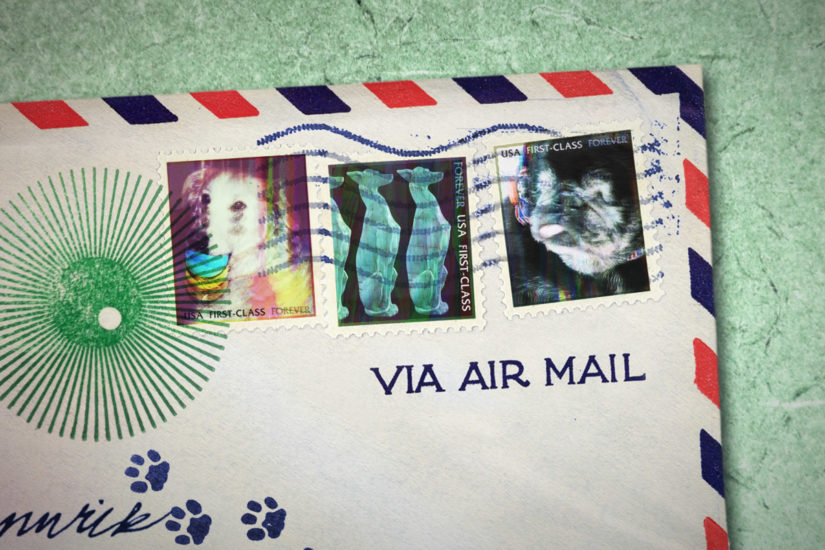FAMOUS TO ME celebrates the notable residents of the internet: charming characters, dedicated professionals, the headstrong, the bold, our true gems. Some of our readers may be unfamiliar with these local personalities, but those of us with the good fortune of knowing them from around town know they deserve recognition for their work, warmth and integrity. If you’d like to nominate someone for this honor, please mail it in. This week’s star(s): the residents of Old Friends Senior Dog Sanctuary, in eulogies.
I spent months of this year indulging the morbid. Bringing up somebody’s Wikipedia entry, and then skipping to the section “Death,” like flipping through a strategy guide for the right hint. The astrologers describe your late 20s in mystical terms, Saturn returning while youth leaves, but the acidic drip of current events stained all that with more immediate anxieties. For me, being a new immigrant to America, the passive immersion of this election feels both absurd and ominous, as if I were some émigré hanging around Vienna in the spring of 1914, scrolling through memes about Archduke Franz Ferdinand. Many people would share this compulsion with their therapist. I just looked at dogs on the internet.
Old Friends Senior Dog Sanctuary is a nonprofit that shelters aging and abandoned dogs in Mount Juliet, Tennessee. Their Facebook page now has 1.5 million likes, partly because it’s the gentlest place online: Hundreds of people leaving comments like “what a handsome boy,” and “I want to cuddle sweet Arty.” The setting must help: You wouldn’t say “fuck” around your grandparents, and you wouldn’t demand “turn your location on” beneath a 15-year-old golden retriever. It’s not rare for residents at Old Friends to die, and watching the others persist in spite of that comforted me. Especially the ancient pug Mildred, now mounting a mock presidential campaign to raise funds for the sanctuary. “Mildred, you have our hearts, you are it,” somebody wrote last week, “the precious pug with personality! It would be lovely to have both human and canine lady leaders in the White House.”
Friends of Old Friends will read subtle intimacies into any photo, as fans always have. They share images of their own dogs. They reblog Tumblr posts about Leo and his resplendent pelt. Most social media-famous animals highlight neoteny, the creature with eyes so big (so cute) that your brain receives it like Lovecraft’s gods, a mere suggestion of the incomprehensible whole — whatever the length of life or breed, they’re all a little puppyish. The dogs at OFSDS look their age, which is its own kind of novelty. You can picture the burly Captain Ron wandering through one of those Victorian homes for worn-out sailors.
Mildred is blind — they had to remove her one good eye not long ago — but in her campaign video she moves across the steps of a neoclassical building with bounding hops. She seems both grumpy and unbothered, with the dignity of being in no particular hurry. Viewing it again, I thought of my old babysitter Shirley, a formidable Newfoundlander who would turn on The Price Is Right every day and chuckle salaciously at Bob Barker.
In a letter mourning his wife’s dog, the determinedly unpleasant Wyndham Lewis managed to admit: “The death of our hirsute gremlin has left an ugly gap… This fragment of primitive life confided his destiny to her, and went through all the black days beside us.” Even the cutest animal remains unknowable, but now and then the dimensions of their lives have a familiar shape in miniature. After a tumor’s leisurely growth left him finally unable to make or see paintings, Lewis wrote: “Pushed into an unlighted room, the door banged and locked for ever, I shall have to light a lamp of aggressive voltage in my mind to keep at bay the night.” I wonder if Mildred knows some ancestor of that experience, tasting whichever sockets her tongue can find.
